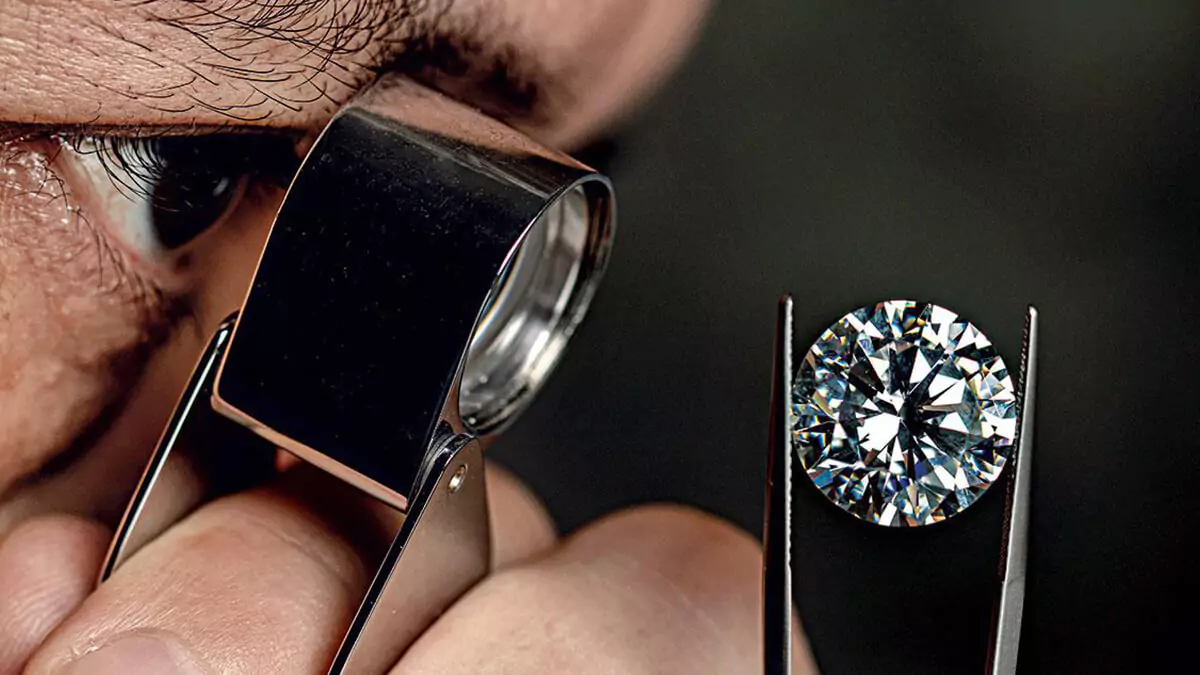Lab-grown diamonds are revolutionizing the jewelry industry, but their acceptance and popularity vary across different cultures. Understanding the intersection of cultures and lab diamonds provides insight into how these synthetic gems are perceived and valued worldwide. This article explores the cultural attitudes towards lab diamonds and how these perspectives shape the global market.
The Global Acceptance of Lab Diamonds
The acceptance of lab diamonds varies significantly across cultures. In many Western cultures, lab-grown diamonds are increasingly recognized for their ethical and environmental benefits. As awareness grows, consumers in these regions are embracing lab diamonds as a sustainable and cost-effective alternative to mined diamonds. This shift reflects a broader cultural trend towards ethical consumption and environmental responsibility.
Cultural Attitudes Towards Lab Diamonds
In contrast, some cultures maintain a strong preference for traditional mined diamonds. In regions where diamonds have historical and symbolic significance, such as in parts of India and the Middle East, lab diamonds may not yet hold the same value or prestige. The deep-rooted cultural traditions associated with mined diamonds influence attitudes and acceptance, leading to a slower adoption of lab-grown alternatives in these areas.
The Role of Tradition and Symbolism
In many cultures, diamonds symbolize enduring love and commitment. The tradition of giving diamonds, especially in engagement rings, is deeply ingrained. For example, in Western cultures, the tradition of diamond engagement rings has been popularized by decades of marketing, which reinforces the association between diamonds and significant life events. This cultural symbolism can impact the acceptance of lab diamonds, as some may view them as less traditional or significant.
Ethical and Environmental Considerations
Cultures that place a high value on ethical and environmental considerations are more likely to embrace lab diamonds. For example, in Scandinavian countries and parts of Europe, where there is a strong emphasis on sustainability, lab-grown diamonds are gaining popularity. These cultures appreciate the transparency and reduced environmental impact associated with lab diamonds, aligning with their values of responsible consumption and environmental stewardship.
Economic Factors Influencing Cultural Perceptions
Economic factors also play a role in shaping cultural perceptions of lab diamonds. In regions with significant economic disparities, the affordability of lab-grown diamonds can make them an attractive option. In contrast, in high-income cultures where traditional man made diamonds are seen as a status symbol, the premium associated with mined diamonds may still hold sway. Economic considerations thus influence how different cultures perceive and prioritize lab diamonds.
Marketing and Cultural Influence
Marketing strategies play a crucial role in shaping cultural attitudes towards lab diamonds. In markets where lab-grown diamonds are promoted effectively, cultural perceptions can shift rapidly. For instance, in the United States, marketing campaigns that highlight the ethical and environmental benefits of lab diamonds have contributed to their growing acceptance. Conversely, in cultures where traditional diamond marketing remains dominant, lab diamonds may struggle to gain similar traction.
The Future of Lab Diamonds Across Cultures
As the lab diamond industry continues to grow, its acceptance across cultures is likely to evolve. Increased awareness and education about the benefits of lab-grown diamonds may lead to broader acceptance and integration into various cultural practices. Additionally, as more people experience the quality and affordability of lab diamonds, cultural attitudes may shift, leading to a more global appreciation of these synthetic gems.
The Impact of Cultural Diversity on the Lab Diamond Market
Cultural diversity significantly impacts the lab diamond market, influencing consumer preferences and demand. In multicultural societies, the blend of different cultural attitudes towards lab diamonds can drive innovation and market growth. Understanding these diverse perspectives allows businesses to tailor their offerings and marketing strategies to meet the needs of various cultural groups, fostering a more inclusive market.
Conclusion: Bridging Cultures and Lab Diamonds
The intersection of cultures and lab diamonds highlights a dynamic and evolving landscape. While traditional perceptions and cultural values influence how lab diamonds are viewed, growing awareness of their ethical and environmental benefits is gradually changing attitudes. By embracing cultural diversity and understanding the unique perspectives of different regions, the lab diamond industry can continue to grow and gain acceptance worldwide.



